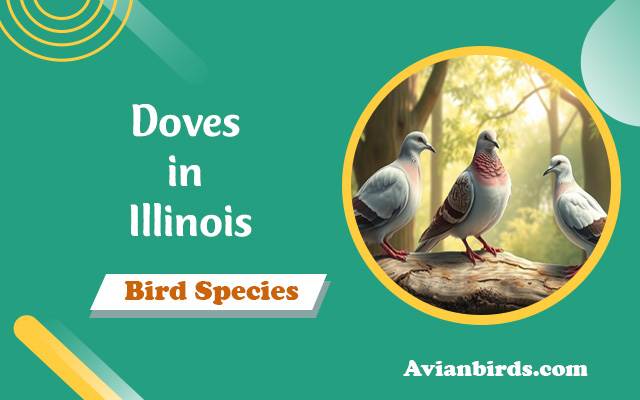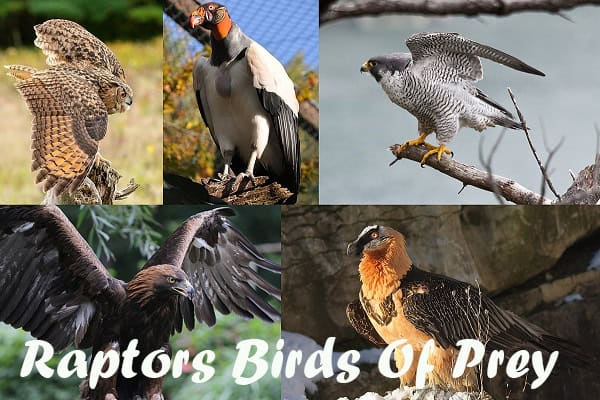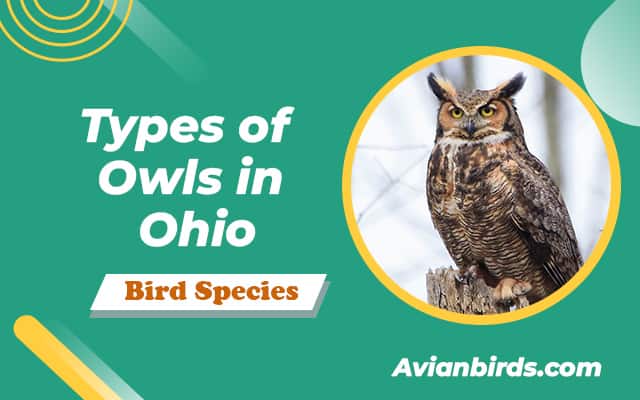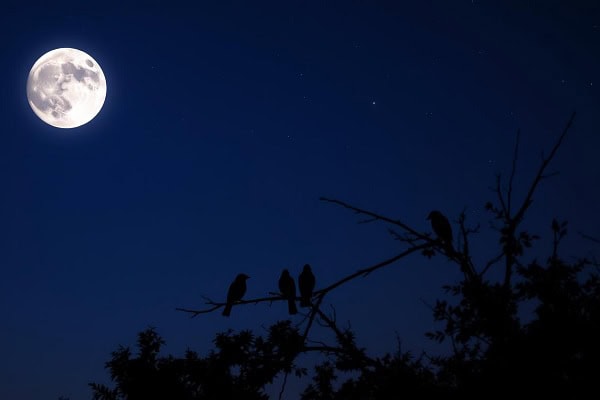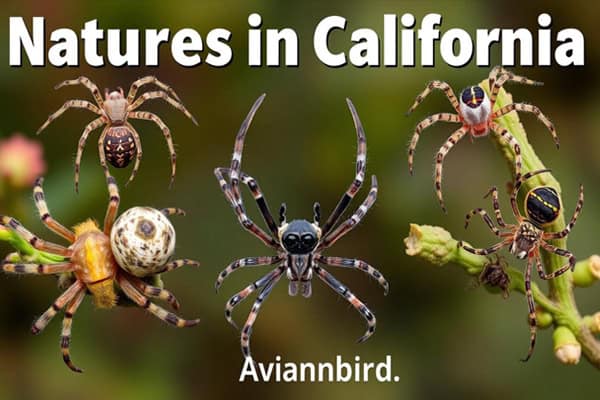Brown-headed Cowbird | Audubon Field Guide
Have you ever wondered about the brown-headed cowbird? It’s a bird that stands out with its unique behavior. Let’s dive into the world of this bird and explore its interesting nesting habits. You’ll learn how it affects other birds in fascinating ways.
Brown-headed Cowbird
The brown-headed cowbird is a fascinating bird from North America. It’s part of the blackbird family and is known for its brown head. This bird has a unique way of breeding that affects other birds.
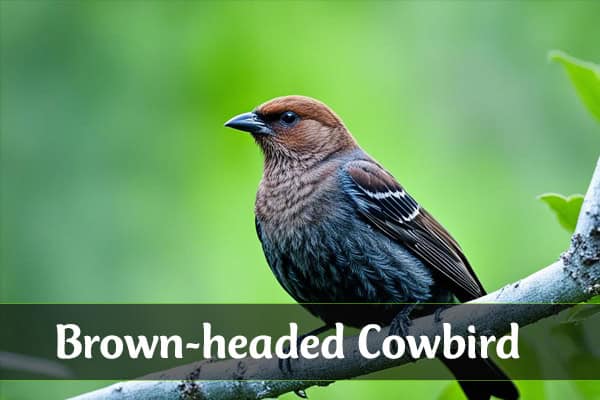
Description and Identifying Features
This bird is easy to spot because of its shiny black body and brown head. Males are very black, while females look lighter with streaks. Both have the same brown head that gives them their name.
Conservation Status and Population Trends
Even though they’re found in many parts of the U.S. and Canada, their numbers have been going down. Conservation groups are watching them closely. They want to help because the cowbird’s way of breeding can affect other birds.
| Characteristic | Description |
|---|---|
| Size | Medium-sized songbird, around 7-8 inches in length |
| Plumage | Males have a glossy black body with a distinctive brown head, while females are a lighter brownish-gray with streaks |
| Habitat | Found in a variety of open and semi-open habitats, including grasslands, prairies, and areas near bison herds |
| Behavior | Known for their brood parasitism, where they lay their eggs in the nests of other bird species |
Breeding and Nesting Habits
The brown-headed cowbird is a bird with interesting ways of breeding and nesting. It’s a brood parasite, which means it doesn’t make its own nest or care for its young. Instead, the female cowbird lays her eggs in other birds’ nests. This often means the host birds’ eggs and chicks might not survive.
Brood Parasitism and Host Species
Cowbirds are known for their brood parasitism. They lay their eggs in other birds’ nests, called “host species.” These host birds then raise the cowbird chicks, sometimes losing their own eggs and young. A cowbird can lay up to 40 eggs in a year, often focusing on certain host species.
Female Cowbirds Laying Eggs in Other Birds’ Nests
- Female brown-headed cowbirds are experts at finding and laying their eggs in other birds’ nests. They choose species like the yellow warbler, blackbird, and grassland sparrows.
- They don’t build nests or care for their young. They depend on other birds to do it for them.
- This behavior can be harmful to some host species, especially those with small populations. The cowbird chicks often take over, competing for food and attention from the host parents.
The brown-headed cowbird’s unique way of breeding and nesting affects its host species. It’s important to understand this to help protect the songbirds that are affected.
Range and Habitat
The brown-headed cowbird is a native bird in North America. It lives across much of the United States and southern Canada. These birds love open grasslands like pastures, prairies, and tidy lawns. They search for insects and seeds on the ground.
Before livestock arrived, brown-headed cowbirds followed bison herds. They enjoyed the insects and seeds the grazing animals left behind. Now, they still find food in areas with livestock.
Brown-headed cowbirds lay their eggs in over 220 types of songbird nests. This trick, called brood parasitism, saves them from building nests and raising their young. It’s a clever way for female cowbirds to survive.
| Habitat Type | Preferred Features |
|---|---|
| Grasslands | Open, grassy areas with scattered trees or shrubs |
| Pastures | Areas with livestock that provide foraging opportunities |
| Prairies | Expansive, undisturbed native grasslands |
| Lawns | Well-maintained, open spaces in urban and suburban areas |
Foraging and Feeding Behaviors
The brown-headed cowbird is known for its unique foraging and feeding behaviors. These birds often forage on the ground. They take advantage of insects, grass seeds, and weed seeds that grazing animals like bison and cattle stir up.
Before livestock came to North America, cowbirds followed the migrating bison herds. They fed on the food moved by the bison across the open grasslands.
Following Bison Herds and Grazing Animals
The brown-headed cowbird’s foraging habits are fascinating. They often join flocks of blackbirds, starlings, and other songbirds near livestock. This includes pastures and feedlots.
By following bison, cattle, and other grazers, cowbirds get a steady food supply. This includes insects, seeds, and grains.
This foraging strategy comes from the cowbird’s evolutionary history. Before European settlers arrived, they followed the migratory bison herds. This ensured a reliable food source all year, helping them thrive and expand their range.
Today, the brown-headed cowbird still depends on grazing animals for food. They’ve adapted well to domestic livestock, making them one of North America’s most successful songbirds.
Interactions with Other Bird Species
The brown-headed cowbird is a brood parasite that affects many bird species. It lays its eggs in the nests of smaller songbirds, like warblers and vireos. This means the host birds end up raising the cowbird young instead of their own. This can be harmful to the host species, especially those with small populations, as the cowbird nestlings may outcompete or even kill the host’s chicks.
Impact on Host Species and Songbird Populations
Cowbird parasitism is linked to the decline of some songbird species. A female cowbird can lay eggs in the nests of up to 220 different host species. The young cowbirds grow faster and more aggressively than the host species’ chicks. This often leads to the host species raising the juvenile cowbird instead of their own offspring.
This brood parasitism significantly affects the host species, especially those with limited nesting sites or small populations. Some host species have developed ways to recognize and reject cowbird eggs in their nests. Yet, the impact on songbird communities is still a concern for conservation efforts.
The brown-headed cowbird is protected under the Migratory Bird Treaty Act. This law helps manage the impact of this brood parasite on songbird populations. However, more research and conservation efforts are needed to understand the complex interactions between cowbirds and their host species.
Physical Characteristics and Appearance
The brown-headed cowbird stands out in the blackbird family. It’s a medium-sized songbird known for its unique look. Its appearance helps identify this interesting bird species.
Male and Female Plumage Differences
Male brown-headed cowbirds have a glossy black body and a brown head. This look gives the bird its name. Females are dull brown or gray with faint streaks or spots on their feathers. Young birds look like adult females but may have more streaks or spots.
The color difference between males and females is key to their behavior. Males’ shiny black feathers and brown heads help them attract mates and show dominance. Females blend in with their surroundings, which is useful when they’re looking for places to lay their eggs.
Brown-headed cowbirds are medium-sized birds with a strong build and a short, pointed beak. Their size and unique colors make them stand out in grasslands and open areas.
Vocalizations and Sounds
When you watch the brown-headed cowbird, you’ll notice its unique sounds. These birds are known for their wide range of whistles, chitters, and gurgles. They use these sounds to talk to each other and find mates in the spring.
The male brown-headed cowbirds are very loud, often singing from high spots. They make a song of melodic whistles and warbles. This song helps them show off their territory and find female cowbirds. You might also hear them make softer sounds while they eat with bison or talk to other birds.
The brown-headed cowbird’s sounds might not be as complex as some other birds, but they’re important. They help the birds live together and find mates. Learning about these sounds helps us appreciate this interesting bird and its role in the grasslands.
Migration Patterns and Movements
The brown-headed cowbird is a migratory bird. It breeds in the northern parts of its range and spends the winter in the southern United States and Mexico. These birds make journeys that show how adaptable and resilient they are.
In the breeding season, cowbirds move north. They follow insects and the nesting of other birds. This lets them find food and lay eggs in other birds’ nests. In the fall, they head south, often with other blackbirds.
The cowbird’s migration is linked to its unique way of breeding. Female cowbirds lay eggs in the nests of other birds. This strategy helps their young survive.
The cowbird’s migrations show its adaptability and resilience. Whether flying in large flocks or sneaking into other birds’ nests, these journeys are remarkable. Knowing about these migrations helps us protect the cowbirds and the ecosystems they live in.
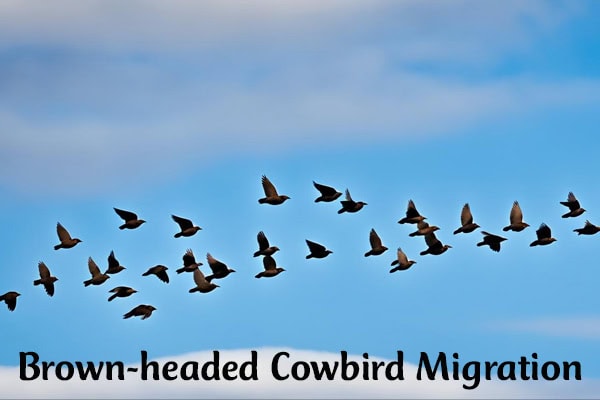
Threats and Conservation Efforts
The brown-headed cowbird is a protected songbird thanks to the Migratory Bird Treaty Act. This law stops people from hunting, killing, or taking these birds and their nests. Even though cowbirds aren’t in danger, their behavior can hurt some other birds, especially those with fewer numbers.
Efforts to save endangered songbirds like the warbler and black-capped vireo focus on cowbirds. These plans include controlling cowbird numbers, managing their habitats, and teaching the public about their impact. This helps protect the birds that cowbirds might harm.
Migratory Bird Treaty Act and Protection
The Migratory Bird Treaty Act of 1918 protects brown-headed cowbirds and many other birds. It makes it illegal to hunt, kill, or keep these birds without permission. This law has helped keep many songbirds safe, including those affected by cowbirds.
Cowbirds aren’t in danger, but their actions can hurt some birds, especially small ones. Conservation work aims to control cowbird numbers where they harm endangered birds like the warbler and black-capped vireo.
These conservation efforts combine controlling cowbird populations, managing their habitats, and educating the public. By understanding and reducing cowbird parasitism, we can help protect grassland and prairie ecosystems. This ensures the survival of endangered songbirds for the future.
Read Our Previous Articles:
Cowbird Parasitism and Its Effects
The brown-headed cowbird lays its eggs in other birds’ nests. It often removes one of the host’s eggs to do so. The host birds then care for the cowbird chicks, often at the cost of their own.
This behavior hurts the host species, especially those with small populations. Cowbird chicks can outcompete and even kill the host’s chicks. This can threaten the survival and growth of the host species.
Host Species Responses and Adaptations
Some birds have found ways to fight back against cowbird parasitism. For instance, some can spot and kick out cowbird eggs. Others might hide their nests or defend them fiercely against cowbirds.
Even with these defenses, cowbird parasitism can still hurt host species. A high cowbird population can lead to fewer young for the host birds. This can cause their populations to decline, putting them at risk.
| Host Species | Adaptation to Cowbird Parasitism |
|---|---|
| Yellow Warbler | Builds a new nest on top of the old one to bury the cowbird egg |
| American Robin | Recognizes and rejects cowbird eggs, abandoning the nest |
| Red-winged Blackbird | Aggressively defends its nest against female cowbirds |
The brown-headed cowbird’s behavior affects its host species deeply. It’s important to understand how both the cowbirds and their hosts adapt to this situation. This knowledge is key to protecting the affected bird populations.
Interesting Facts and Trivia
The brown-headed cowbird is a bird with unique behaviors and traits. Here are some interesting facts and trivia about this species:
- The brown-headed cowbird is a brood parasite. This means the female lays her eggs in other birds’ nests instead of her own.
- Cowbirds can lay up to 40 eggs in a year. They often choose the nests of 220 different host species to lay their eggs.
- The cowbird eggs hatch before the host eggs. This gives the cowbird chick a head start and a better chance of getting food from the host parents.
- Male brown-headed cowbirds have a glossy black body and a distinctive brown head. Females are more drab brown or gray with gray spots or streaks.
- Cowbirds are native to North America. They used to follow bison herds to forage on insects and seeds stirred up by the grazing animals.
- The brown-headed cowbird is protected under the Migratory Bird Treaty Act. This act prohibits hunting, killing, or possessing these birds without a permit.
- Despite their parasitic behavior, cowbirds are important in grassland ecosystems. They are considered a native songbirds in many regions.
These unique facts show how fascinating the brown-headed cowbird is. It has had a big impact on the birds it lives with.
Wrapping Up…
The brown-headed cowbird is a fascinating bird that has caught the eye of many bird lovers and scientists. It’s known for its unique way of surviving by laying eggs in other birds’ nests. This behavior helps it live in many places, from open fields to cities.
This ability to adapt has raised concerns about how it affects other bird species and their numbers. But, it’s also made people think about how birds can live together in different places.
The cowbird’s life is closely linked with other birds who raise their young without knowing they’re not their own. This has helped the cowbird spread out and do well. But, it has also led to discussions about right and wrong in nature.
Despite the debates, the brown-headed cowbird is a key part of North America’s bird world. Its story teaches us about the amazing ways nature can adapt and change. By learning more about this bird, we can better understand how different birds interact and work together. This knowledge can help us protect both the cowbird and the birds it depends on.

